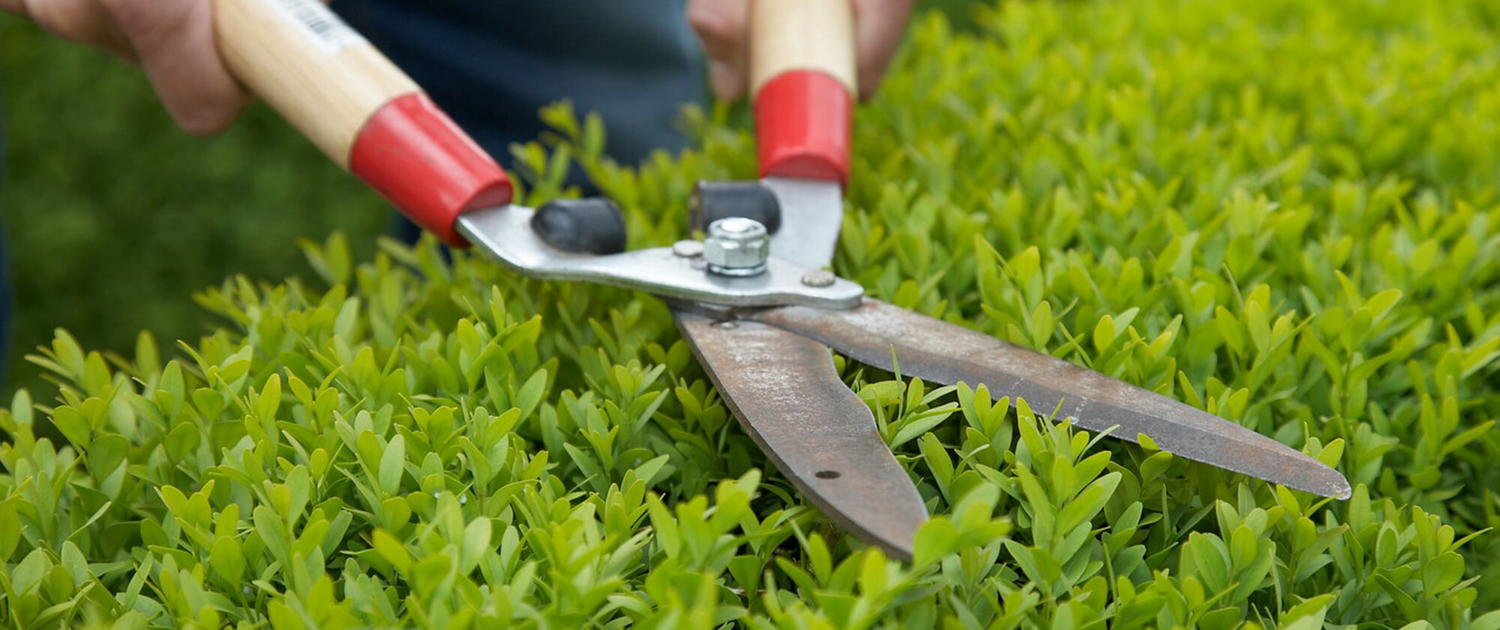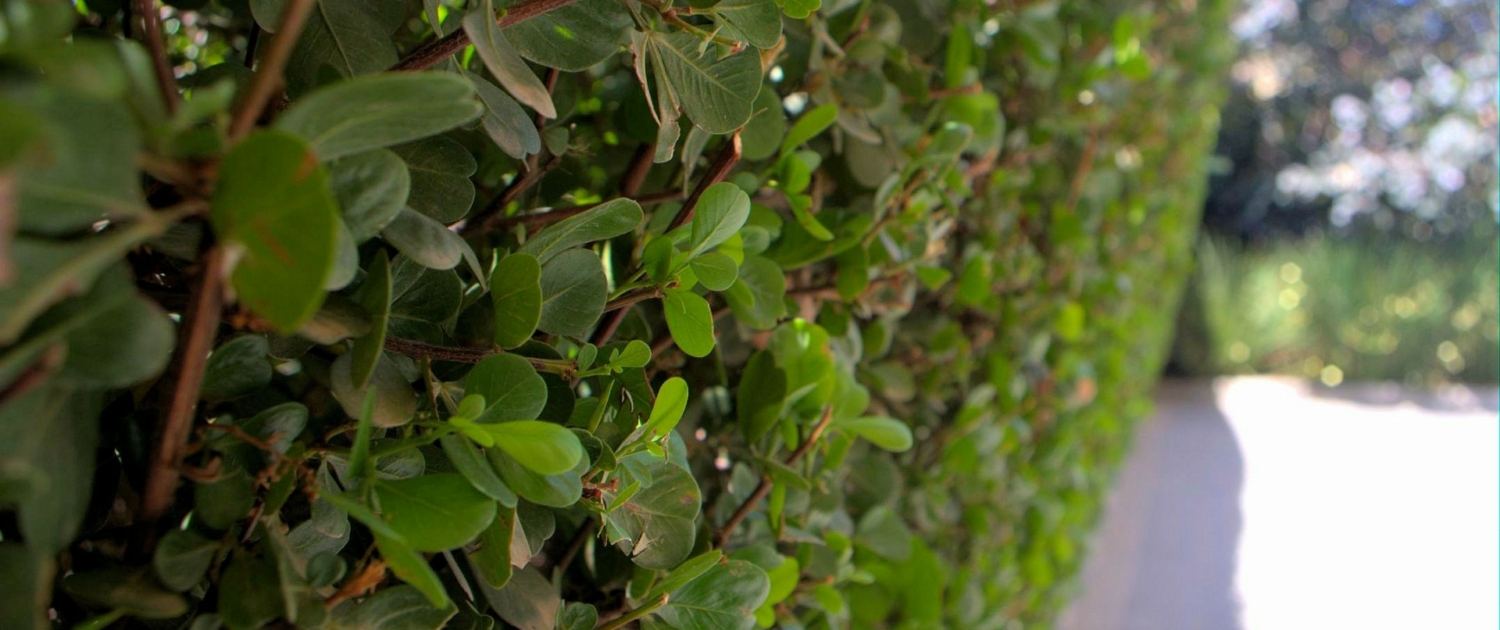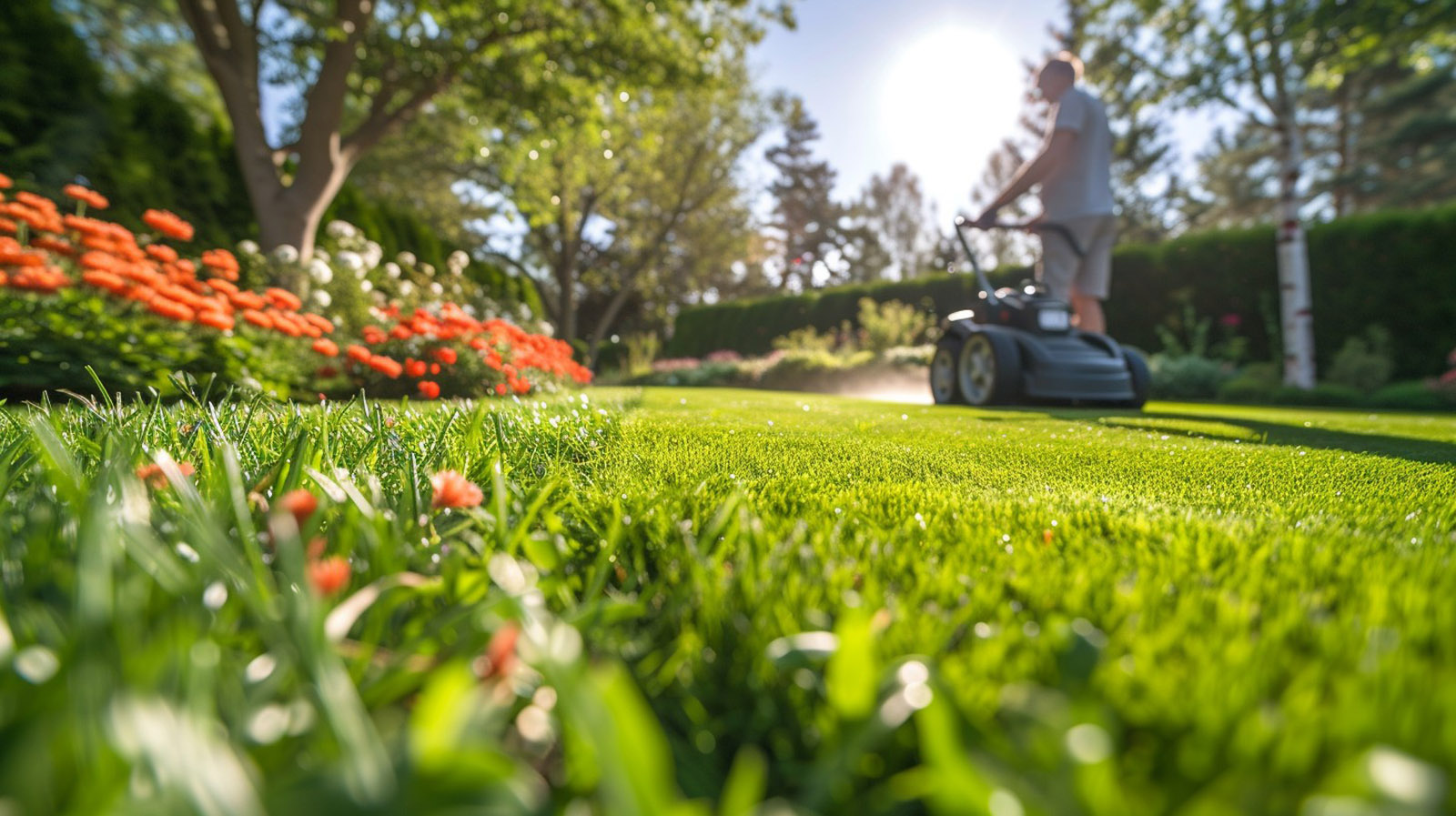
Hedges add a beautiful boundary and structure to any garden, enhancing the overall aesthetic and value of your property. Like all plants, they need regular maintenance, including watering and trimming. Regular trimming helps keep hedges neat, healthy, and in shape. Here’s a guide to ensure your hedges are trimmed correctly and stay looking their best.
When to Trim Hedges
For new hedges, formative pruning during their early years is crucial to help them develop a strong shape and healthy growth. Once established, regular maintenance is necessary.
- Season and Frequency: The best time to prune hedges is late in the winter when the plants are dormant. Avoid trimming too early in the year to prevent disturbing nesting birds.
- Species-Specific Timing: Different hedge species may require different pruning schedules, so it’s important to know the specific needs of your plants.
Hedge Tools to Use

Correct Hedge Trimming and Cutting Techniques
Selecting the right tools is essential for effective hedge trimming. High-quality, sharp tools will make the task easier and ensure clean cuts that promote healthy growth.
- Hand Pruners: Ideal for small branches and precise cuts.
- Hedge Clippers: Useful for trimming leaves and small twigs.
- Pruning Loppers: Suitable for thicker branches.
- Curved Saw: Effective for cutting larger branches.
- Electric Hedge Trimmers: Great for larger hedges and extensive trimming tasks.
Always ensure your tools are well-maintained and sharp. Dull blades can tear branches and leaves, causing damage and leaving your hedges looking untidy.
How to Correctly Trim Hedges
Proper technique is key to keeping your hedges looking their best. Here are some steps to follow:
- Shape and Form: Start by removing larger branches that stick out. Fine prune to tidy up the hedge and maintain its form. Trim the sides wider at the base to ensure sunlight reaches the lower leaves.
- Chest-High Hedges:
- Sides First: Trim the sides vertically using an arc-shaped sweeping motion, starting at the back and moving forward.
- Top Last: Hold the cutter bar horizontally at a slight 10-degree angle to trim the top.
- Tall Hedges:
- Top First: Use the correct cutter, angle it at a slight 10-degree, and start trimming the top.
- Sides Next: After the top, proceed with cutting the sides of the hedges.
Additional Tips for Hedge Maintenance

Correct Hedge Trimming and Cutting Techniques
- Fertilizing: Occasionally, hedges need a boost of fertilizer to promote growth and keep them healthy.
- Light and Air: Trimming hedges wider at the base helps sunlight and air reach the lower parts, promoting even growth.
Remember, consistent and proper maintenance keeps your hedges looking compact and beautiful. If hedge trimming becomes too challenging, don’t hesitate to seek help from professionals who can ensure the job is done right.

